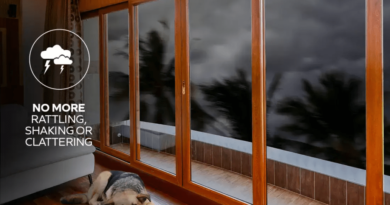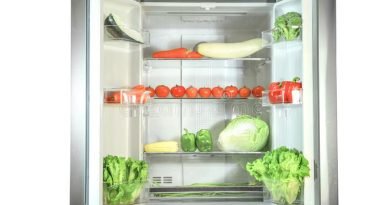How to Make the Best Use of Planter Boxes?
Looking for a soul-affirming activity that would allow you to practice your nurturing skill and fill you up with joy? You cannot go wrong with gardening, then!
While it takes time, effort, and patience, it’s well worth it in the end – when the new leaves sprout and the flowers begin to bloom.
But if you are worried that your outdoor space is too tiny for gardening, then here’s the well-rounded solution: raised planter boxes!
Made of several different materials and coming in various sizes, a planter box is trendy and loved by gardeners. It has a firm bottom, settled on four legs or more, keeping it above the ground.
They offer ease and make the best use of space available for the most impactful and productive gardening.
Let’s consider these 3 tips in which you can harness the best results from raised planter boxes!
- Carefully Choose the Soil Mix
When gardening in a planter box, steer clear of garden soil. This soil that is used in in-ground gardens is generally dense and heavy. So, it’s not an ideal choice.
Pick a sterile mix of soil that is effective for containers and planters. This sterile mix contains ingredients that keep the soil aerated and light, like coconut coir. It also comprises materials that enhance soil filtration and retains nutrients suitable for the plants.
This mix might even be soil-free – made of organics or compost.
- Ensure Appropriate Drainage
Besides choosing the right soil mix, it’s crucial to ensure that the planter box has an adequate drainage mechanism. If the box is watertight, the water would have no space to escape, thus waterlogging the plant’s roots.
It would be wise to choose a wooden planter box since they come with slots around the corners where the wood is joint together. If you don’t have a wooden box, you would need to create drainage holes that should be 3/4th in diameter and 9 inches apart.
- Pick the Right Size
Planter boxes boast great versatility and ease. Besides the classic rectangular shape, they come in different shapes like L-shape or U-shape. But, besides their shape, you would have to choose the right size of the box!
Look at the kind of space available to you, measure it correctly and then decide which planter box size would be most feasible.
If you pick a planter box that is 2 feet or smaller, you won’t need to tend to the mini garden from both sides. Anything more significant than 2 feet would require you to reach across all the sides and would be troublesome if you don’t have enough space.
- Choose the Right Plant
Just like the size, keep the depth of the box in mind too.
Most vegetables grow perfectly under 24 inches of soil, but some other plants require 3 feet of soil. The latter plant variety would not be feasible for a box.
So, do your research before you pick a particular plant or vegetable to grow in your planter box. Generally, the most common and compact plant varieties to grow in a planter box are:
- Kale
- Lettuce
- Onions
- Peas
- Garlic
Wrapping Up
A study by the University of Melbourne and RMIT University indicates that having 5 or more plants can improve the well-being of a person!
Gardening will not only engage you for hours but also provide you with a sense of happiness and satisfaction. So, don’t let your backyard, patio or balcony’s size restrictions stop you from indulging in gardening. There is a planter box out there, perfect for your needs.
With the right soil mix, appropriate water drainage, perfect size and plants, you can enjoy gardening adventures anywhere!




